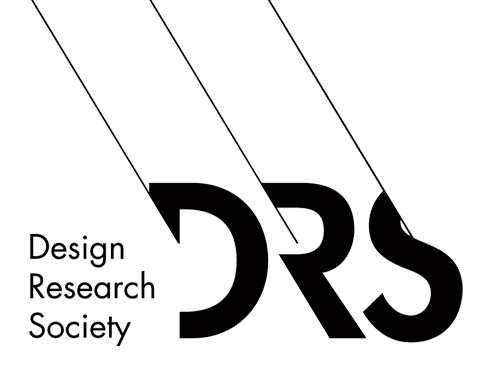Abstract
The experience of pain, particularly chronic pain, can be difficult to communicate. Current best practice involves communicating pain to clinicians verbally on a numerical scale or via a visual Likert scale. However, we argue that verbal vocabularies and visual scales do not effectively capture the complexities and narrative journey of individuals recovering and living through chronic pain. We argue that as pain is a multidimensional experience that includes physical and physiological elements, we need a more nuanced way of describing the experience. Thus, we have explored how people can explain their pain (whether affective or sensory) by interacting with a touch display to design 3D printable objects as shareable physical objects. Our work seeks to combine physical affordances with conceptual metaphors to communicate pain “physically” through a discursive communication tool. We present a prototype interface that allows users to drag sliders to transform and deform a 3D object, and then describe how the physical geometry represents their pain through a text input field. We conducted an observational study to examine the vocabulary of geometries associated with pain by making our pain interface available to the public within a museum exhibition. Over a six-month period, museum visitors could view the exhibit and interact and engage with a pain object digital gallery, and create their own data physicalisations representing a “painful experience.” A number of these artefacts were then 3D-printed and presented on a touch table for other visitors to interpret and examine. We present preliminary findings toward the development of a physicalisation process that could assist in pain communication, and conclude with challenges and future directions.
Keywords
data physicalisation; expression chronic pain; data engagement; affective physicalisation
DOI
http://doi.org/10.21606/eksig2025.111
Citation
Drogemuller, A., Du, X., Davis, A., Braithwaite, F.,and Gwilt, I.(2025) How Do You Feel? Physical Vocabularies for Communicating Pain Using Data Physicalization, in Karyda, M., Çay, D., Bakk, Á. K., Dezső, R., Hemmings, J. (eds.), Data as Experiential Knowledge and Embodied Processes, 12-13 May, Budapest, Hungary. https://doi.org/10.21606/eksig2025.111
Creative Commons License

This work is licensed under a Creative Commons Attribution-NonCommercial 4.0 International License
How Do You Feel? Physical Vocabularies for Communicating Pain Using Data Physicalization
The experience of pain, particularly chronic pain, can be difficult to communicate. Current best practice involves communicating pain to clinicians verbally on a numerical scale or via a visual Likert scale. However, we argue that verbal vocabularies and visual scales do not effectively capture the complexities and narrative journey of individuals recovering and living through chronic pain. We argue that as pain is a multidimensional experience that includes physical and physiological elements, we need a more nuanced way of describing the experience. Thus, we have explored how people can explain their pain (whether affective or sensory) by interacting with a touch display to design 3D printable objects as shareable physical objects. Our work seeks to combine physical affordances with conceptual metaphors to communicate pain “physically” through a discursive communication tool. We present a prototype interface that allows users to drag sliders to transform and deform a 3D object, and then describe how the physical geometry represents their pain through a text input field. We conducted an observational study to examine the vocabulary of geometries associated with pain by making our pain interface available to the public within a museum exhibition. Over a six-month period, museum visitors could view the exhibit and interact and engage with a pain object digital gallery, and create their own data physicalisations representing a “painful experience.” A number of these artefacts were then 3D-printed and presented on a touch table for other visitors to interpret and examine. We present preliminary findings toward the development of a physicalisation process that could assist in pain communication, and conclude with challenges and future directions.

